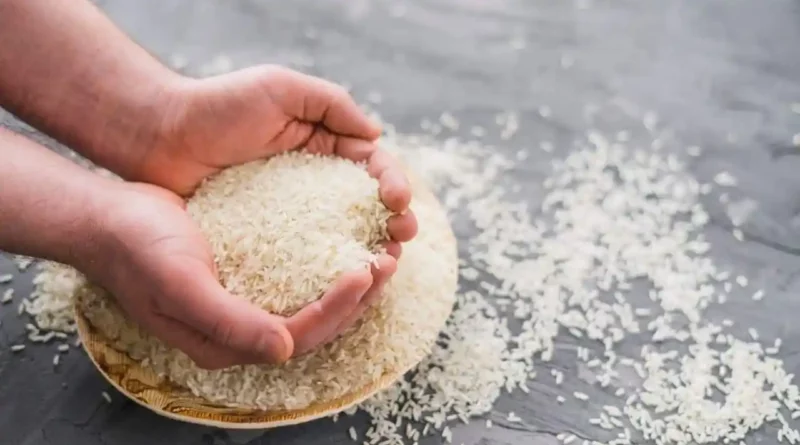Rice fortification in Malkangiri shows reduction in anaemia
By Debabrata Mohanty
A central government pilot on fortification of rice and its distribution under Public Distribution System (PDS) in Malkangiri district of Odisha has found that it led to reduction of anaemia among children below five years and women below 49 years by 3.3 and 6.3 percent, respectively.
The pilot project by World Food Programme and Centre was implemented in Malkangiri district between July 2021 and July 2023 with 1.53 lakh households receiving over 31,000 quintals of rice fortified with vitamins and minerals. It was first given under the PDS and later introduced in mid day meals in schools.
The endline assessment of the project found that anaemia among children in age group 6 months to 59 months reduced from 77.1% to 73.8% while among women of 15-49 years, it came down by 6.3 per cent from 72.0% in 2022 to 65.7% in 2023.
The sampling was done among 1,054 households of the district. Around 21 months after the roll-out of the programme, 2,211 people including 957 women and 645 men were sampled for quantitative assessment. Blood sample was collected and analysed for haemoglobin level to compare prevalence of anaemia with the baseline data.
“The pilot project reported improvements in the prevalence of anaemia. The prevalence of anaemia among women and children showed satisfactory improvement. Furthermore, the improvements were primarily observed in the mild anaemia group, indicating the need for more rigorous interventions to address anaemia at the community level through a range of interventions such as IFA, dietary diversification and improved sanitation,” said Dr. Ayushi Jain of WFP.
Anaemia is a major public health issue in Odisha, with women and children being particularly affected. Among children aged 6-59 months, 64% are anaemic, including 32% with mild anaemia, 31% with moderate anaemia, and 1% with severe anaemia. The prevalence of anaemia in children increased from 45% (NFHS-4) to 64% (NFHS-5) in the state.
Malkangiri district was chosen as a pilot district as it was an aspirational district with a high incidence of anaemia among women and children and a preference for rice consumption. Although, state and central governments have taken multi-sectoral approach for improving the nutrition status of the population, the basic malnutrition indicators such as prevalence of stunting, underweight, thinness and anaemia is high in the tribal population of Malkangiri.

As per NFHS-5, 78.7 children in the district in the age group of 6-59 months were anaemic. It was 71.8 per cent women in the age group of 15-49 years. Among pregnant women in the same age group it was 74.3 per cent.
The beneficiaries of the fortified rice were asked to eat it five days per week. Though after rolling out of the pilot scheme, beneficiaries were reluctant to consume the fortified rice with several families throwing it out calling it as “plastic rice”, the acceptability and uptake of Fortified Rice improved. To assess true effect of Fortified rice on reduction of anaemia, it is vital to understand dietary practices being followed.
However, health activists in Odisha said the fortification project can’t be called a success by any yardstick considering the low sample. “There is no proven studies on the efficacy of rice fortification. There are several safety concerns about iron-fortified rice. Anaemia is a medical condition and is best addressed in an individual case management approach. If it has to be dealt with as a public health matter, then it is an imperative that proven, holistic, community-controlled dietary-diversity-enhancing approaches be followed. By adding micro-nutrients to rice would not yield any result,” said Gouranga Mohapatra of Jana Swasthya Abhiyan, a leading health NGO.
Mohapatra said traditional cooking practices among households would reduce any efficacy as cooking such rice in pressure cooker and washing it several times would wash off all the nutritional value. The state needs to call for a comprehensive review meeting, to assess the need for such an approach, he said.
This article has been republished from The Hindustan Times

